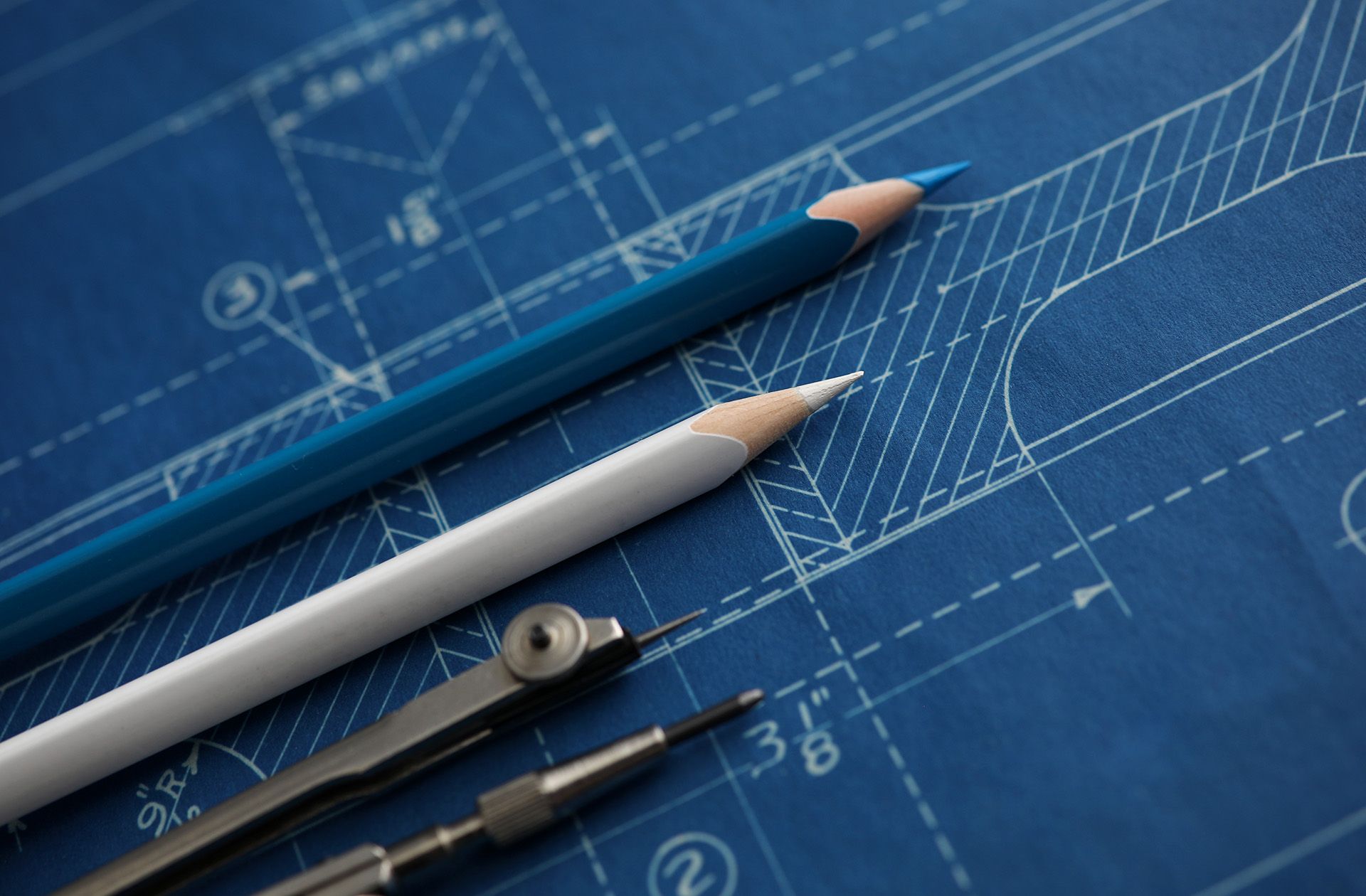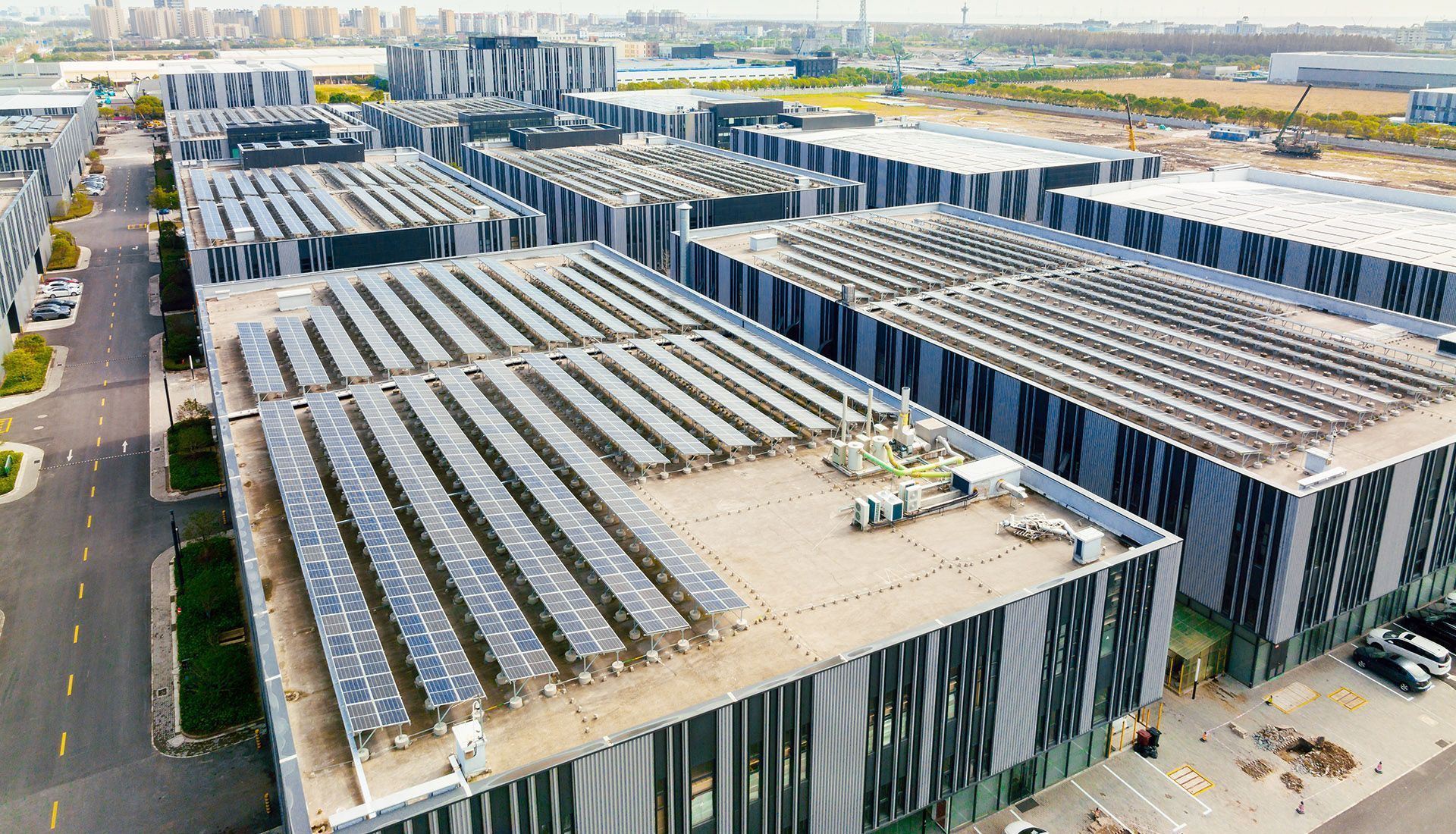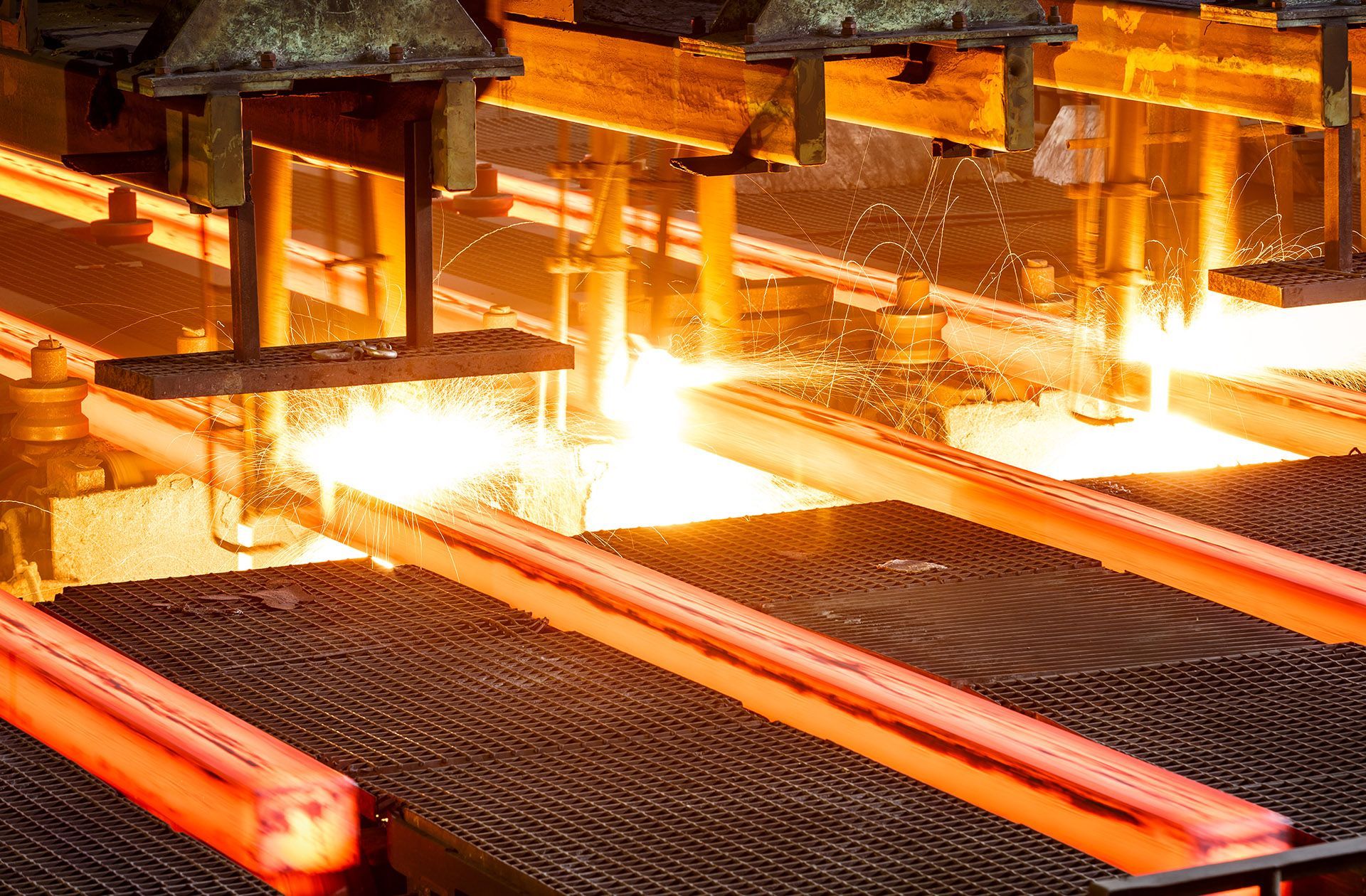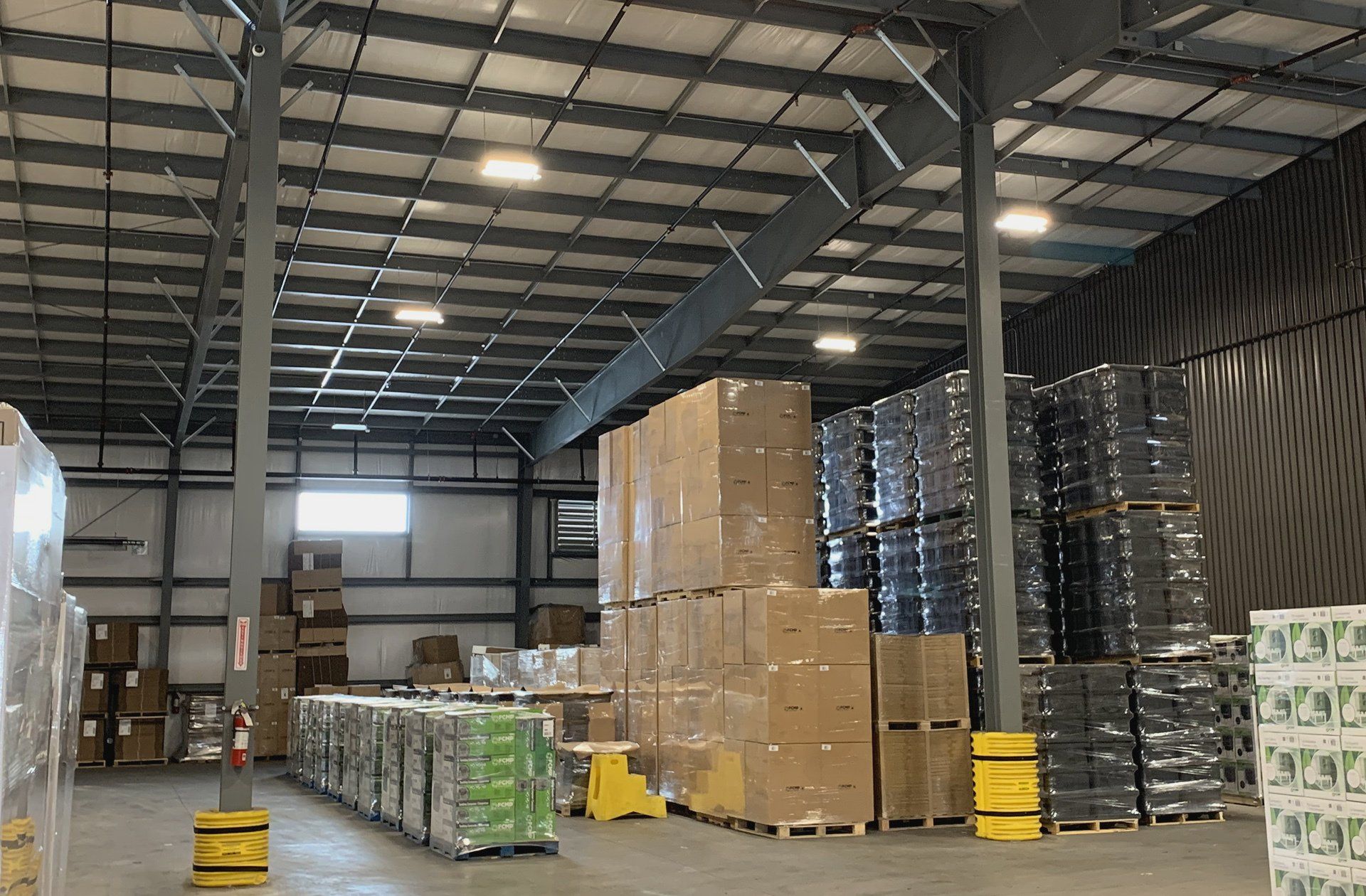Future growth through capital investment is simple math
Deciding on whether to invest in infrastructure and equipment does not have to be difficult. Use these proven formulas to help determine the best use of your resources.
Business executives are well compensated because they make big decisions – often expensive ones that can potentially assure the future success of the organization for decades to come. These decisions are not easy. Accurate information is often limited, options are many, variables are complicated and the way to compare choices are unclear. The impact of these large investments may not be known until much later.
Fortunately, formulas are available to help make decisions when it comes to investing into production equipment and capital assets.
Summit Steel Buildings believes in the value and future return on investment that comes with enhancing an organization’s commercial and storage capacity though industrial pre-engineered metal structures. These appreciating assets create value by providing ideal conditions to let companies maximize their future growth and to provide ideal working environments for employees so they can perform at their utmost abilities. Fixed assets can also be used as collateral with banks to secure further working capital when needed to support expansion.
This article is part of our finance series about capital budgeting and investment:
Calculations you can use to measure the future success of capital investment
A variety of methods exist for calculating capital budgeting. Some of them are better suited for production equipment with hard-and-fast results and impact on sales. Investing in buildings is different. Not only do real estate and buildings tend to appreciate over time, they also create the ideal working space and storage that allows companies the capacity to grow and expand.
Similar to making other business decisions, capital investment involves using formulas based on current market conditions or theoretical situations. It is smart to be aware of the risks when using formulas. They are based on assumptions, meaning unexpected factors can come into play in the future, and variables, such as discounting factors, which can be subjective or manipulated depending on a desired outcome.
Businesses can choose to use one or more of the following capital budgeting methods to help value and evaluate capital projects. The methods serve to eliminate projects that fall short of a company’s minimum performance expectations. They are also helpful in comparing competing projects and to rank possibilities.
PLEASE NOTE: Other capital investment analyses and calculations used in finance are not included here. The most common of which is straight-line return on investment. It is a very useful simple calculation that can only be used after the fact to determine success (i.e., lagging indicator). Constraint analysis, cost avoidance analysis and real options analysis are other useful tools for determining purchases of revenue-generating equipment, machinery and manufacturing tools. They are not as helpful for evaluating investment in capital assets (like buildings) that do not generate revenue-producing outputs and do not depreciate over time. Purchasing buildings increases total assets and equity in addition to increasing capacity to generate more revenues in the future.
This article includes links to a variety of capital investment calculators,
so you may want to bookmark it for future use.
1. Payback Period – Focuses on how quickly a company recoups its capital investment. It compares the initial cash outflow to the subsequent cash inflows to determine the point in time when the project has paid back the initial investment. Shorter payback periods are preferable to longer ones.
https://www.calculator.net/payback-period-calculator.html
2. Discounted Payback Period – Improved version of the payback period method because it reflects the time value of money, which always decreases as the years pass. Cash flows in future periods are “discounted” to revalue them in present value terms. The discount rate can be a company’s cost of capital or its required internal rate of return. https://goodcalculators.com/discounted-payback-period-calculator/
3. Net Present Value (NPV) Analysis – Adjusts both incoming and outgoing streams for the time value of money by using a discount rate to calculate the final value added to a firm. NPV is a common standard for capital budgeting because it reflects value from the entire project and adjusts for the time value of money.
https://www.calculatestuff.com/financial/npv-calculator
4. Profitability Index – Calculates the cash return per dollar invested in a capital project. This index is calculated by dividing the NPV of all the cash inflows by the NPV of all the outflows. Projects with an index less than 1 are typically rejected. The profitability index is helpful to determine which capital projects make sense to greenlight, especially when analyzing several projects drawing on a fixed amount of investment capital.
https://goodcalculators.com/profitability-index-calculator/
5. Equivalent Annuity Method – Evaluates the NPV of capital projects that are mutually exclusive and have different project lengths by creating an annual average to smooth out the individual discounted cash flows.
https://financeformulas.net/Equivalent_Annual_Annuity.html
6. Internal Rate of Return (IRR) – Calculates the discount rate that causes a project’s NPV to be zero to generate a yield percentage on a project, rather than a dollar value. The percentage is the embedded rate that causes the total of all the discounted cash inflows and outflows to be even. A primary disadvantage of IRR is that it doesn’t reflect a project’s size or impact on a business’s overall value.
https://www.calculatestuff.com/financial/irr-calculator
7. Modified Internal Rate of Return (MIRR) – Also calculates a yield percentage on a project when the NPV is zero but uses more complicated rates for discounting cash inflows. Cash inflows are discounted using a company’s reinvestment rate, and the cash outflows, like the initial capital investment, are calculated using the company’s financing rate.
https://www.omnicalculator.com/finance/modified-irr
More information is better when making long-term decisions
Using any of these calculation methods will demonstrate the value of investing into steel buildings to expand capabilities, create a valuable sellable future asset and inject strength into your company’s financial statements. Regardless of the method you use to determine your return on capital investment, pre-engineered metal building solutions are a more affordable and reliable construction approach that will make the most out of your investment
and help justify any level of budget.
For an operational investment that will provide returns for decades to come, you can justify an intelligent investment into capital assets, especially at a time when governments are providing grants and tax incentives to inject prosperity and resiliency into the economy. Contact us when you’re ready to get started at 877-417-8335 and receive your free quote and preliminary drawings.
About the author
Darren Sperling has specialized in the engineering and delivery of pre-engineered steel buildings for over 15 years and has experience in over 20 countries worldwide. He can be contacted at Summit Steel Buildings at (877) 417-8335, by email at darren.sperling@summitsteelbuildings.com or on LinkedIn.



